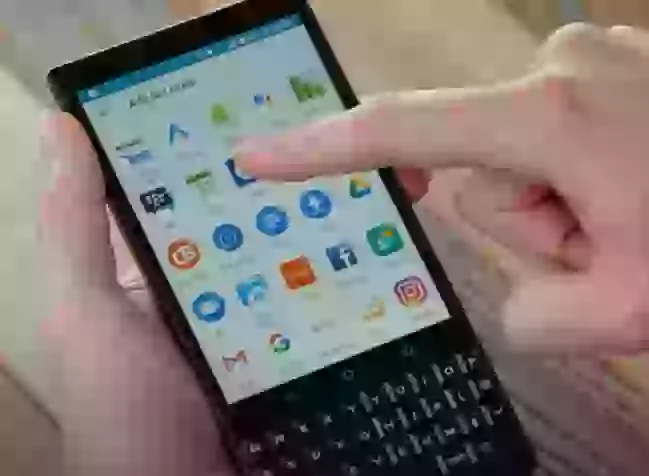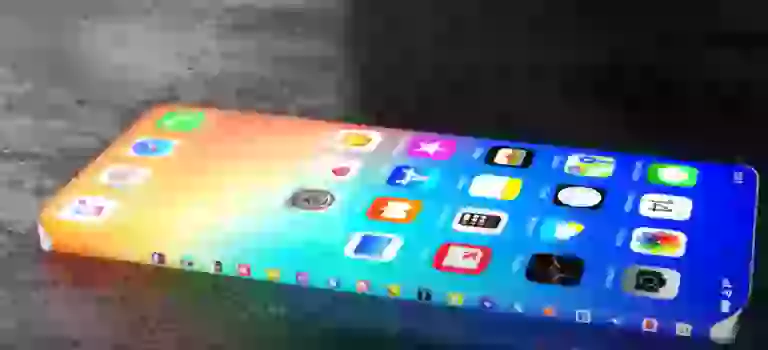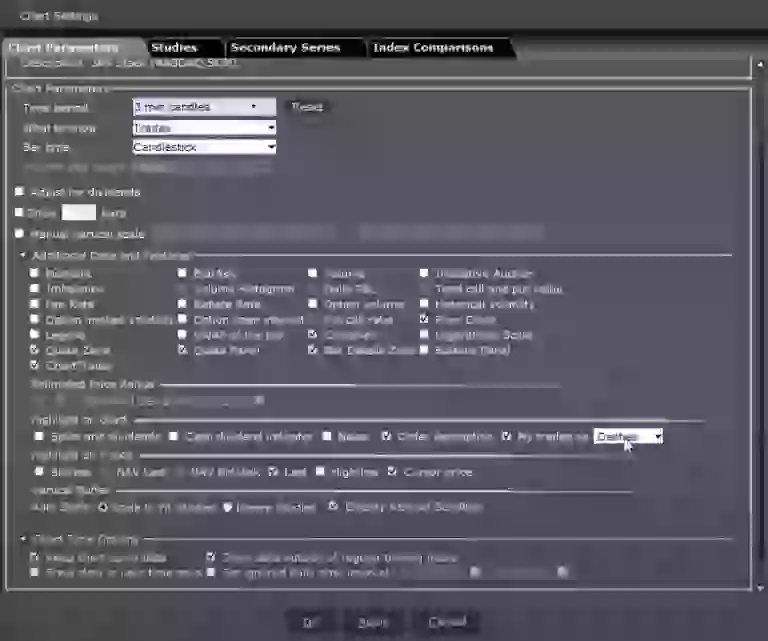Blackberry Quote
Blackberry

Blackberry is a smartphone from the Canadian company Blackberry Limited (previously Research In Motion, RIM for short). Characteristic is the physical keyboard, which is still used in almost all models today. In the past, Blackberry developed the device hardware and the operating system BlackBerry OS itself and sold it, including the BlackBerry Enterprise Server, as a comprehensive and secure communication solution. The central “hub” bundles messages such as calls, SMS, e-mails, tweets etc. Since 2016, the devices have been developed and manufactured under license, they are based on Android, which is hardened by the BlackBerry company.

Company Update And Functions
The essential function of a legacy Blackberry smartphone is to be able to receive and send mobile e-mail as a push service. In addition, Blackberrys offer the usual smartphone functions such as address book, calendar, instant messenger (WhatsApp, BBM (set)), to-do lists, completion lists, etc. and additionally mobile phone functions such as telephony, SMS, MMS and web browsing. Unlike a traditional PDA, the Blackberry user does not have to worry about synchronizing data.
BlackBerry devices up to BlackBerry OS7.1 had to be connected via the BIS option to establish a data connection. For business customers, the BES (BlackBerry Enterprise Server, from Version 12 BlackBerry Enterprise Services) is available, which is set up on-premises or in the cloud and establishes communication via the BlackBerry Network Operation Center (NOC). BlackBerry carried out a rebranding with version 12.6. The manufacturer now offers the option of managing all mobile endpoints via the in-house server software and the NOC. Since then the name Unified Endpoint Manager (UEM) has been used for the EMM system.
With Blackberry devices, emails, calendar entries, notes and address book entries are transferred from the Blackberry NOC to the smartphone via push service. Thus, the device is always kept up to date as long as a data connection exists. At the same time, it enables immediate notification and delivery of new e-mails and appointments in real time. Another important feature is the Mobile Data System (MDS), which makes it possible to make other data from the company network – from ERP systems, databases, etc. – accessible on the Blackberry. For example, price or stock information can be called up, order processes can be triggered or customer data can be changed.
The Blackberry technology deliberately keeps the amount of data to be transmitted small: The Blackberry Enterprise Server (BES) specially prepares all data, compresses it, and then outputs it in portions to the end device. Only when the user needs more data is it requested from the device. The request is made without the user noticing or having to wait. For example, files of MByte size (such as PDF or Office files) can be opened quickly despite a GPRS or EDGE connection (e.g. on the train): The BES opens the attachment on request, converts it into a text-oriented file, and sends it to the client in bundles. Using the POP3 protocol, the server would send the entire file unchanged to the client: In other words, the user can only open the file once it has been fully downloaded; the user needed a powerful terminal device to be able to process larger files appropriately. In addition, all data traffic from the server out of the corporate network to the smartphone and back is encrypted. The original Blackberry devices can also be set to not only password protect the device content but also encrypt it.
The Blackberry service can be used on older devices (before the introduction of OS 10[10]) only with a special BIS option, which must be booked separately with the mobile network operator for the mobile phone card. This so-called “Blackberry Option” includes a basic fee and a fee for the ordered data volume. For the Blackberry Push Service, with approximately 500 e-mails per month and calendar usage of about 100 entries per week, hardly more than 1 MB per month is used.
Since Blackberry OS 7.0 the software DocumentsToGo of DataViz as part of the operating system; this allows documents and file attachments to be viewed natively. The editing function of office documents is also possible. The software allows for example the creation of Microsoft Word, Excel or PowerPoint files.

I am David, economist, originally from Britain, and studied in Germany and Canada. I am now living in the United States. I have a house in Ontario, but I actually never go. I wrote some books about sovereign debt, and mortgage loans. I am currently retired and dedicate most of my time to fishing. There were many topics in personal finances that have currently changed and other that I have never published before. So now in Business Finance, I found the opportunity to do so. Please let me know in the comments section which are your thoughts. Thank you and have a happy reading.






